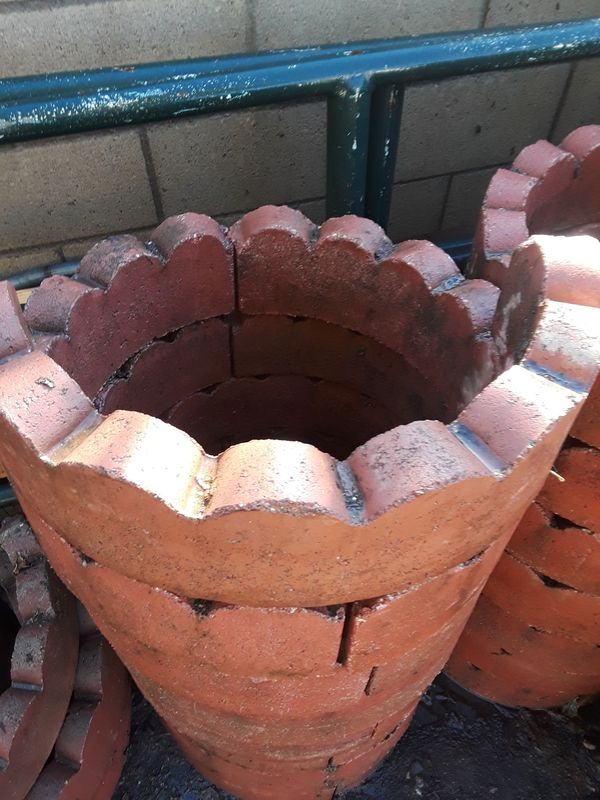
You can use soil from one side of the yard and move it to another as necessary, or if you don’t mind digging up some grass, spread out gravel or sand between rows of cinder blocks until they’re all at an even height (if this is too difficult, consider lowering one row slightly with soil while leaving others untouched). Use a level to make sure that the ground is level throughout the entire area where you’ll be installing pavers. The first step to building a retaining wall is to level your base, which will help make sure you have a sturdy foundation for your wall. This will ensure that each block sits flush with each other without being higher or lower than any others Level the ground To make sure everything is level, start at one end of your trench and measure from there all along its length using a 2×4 as reference point.

Smooth out any bumps left behind by adding more concrete until all levels are even with each other and level with the rest of your yard’s surface. Add gravel and pack it down again, then add another layer of concrete (more on this later).

Level the ground on top of which you are digging by filling in dirt around the perimeter, then packing it down with a tamper or other heavy object. Make sure the trench is wide enough to hold the cinder blocks, and as deep as you want your wall to be. Use a shovel or post hole digger to remove soil in layers. Dig a trenchĭig a trench to the desired depth. But the reward for all that work is creating something that looks great and provides your yard with form and function. It’s a big project, and you’ll be working with heavy materials.

It’s not like editing an article or building a small business. If you need to build a retaining wall, you’re going to have to think hard about it.


 0 kommentar(er)
0 kommentar(er)
